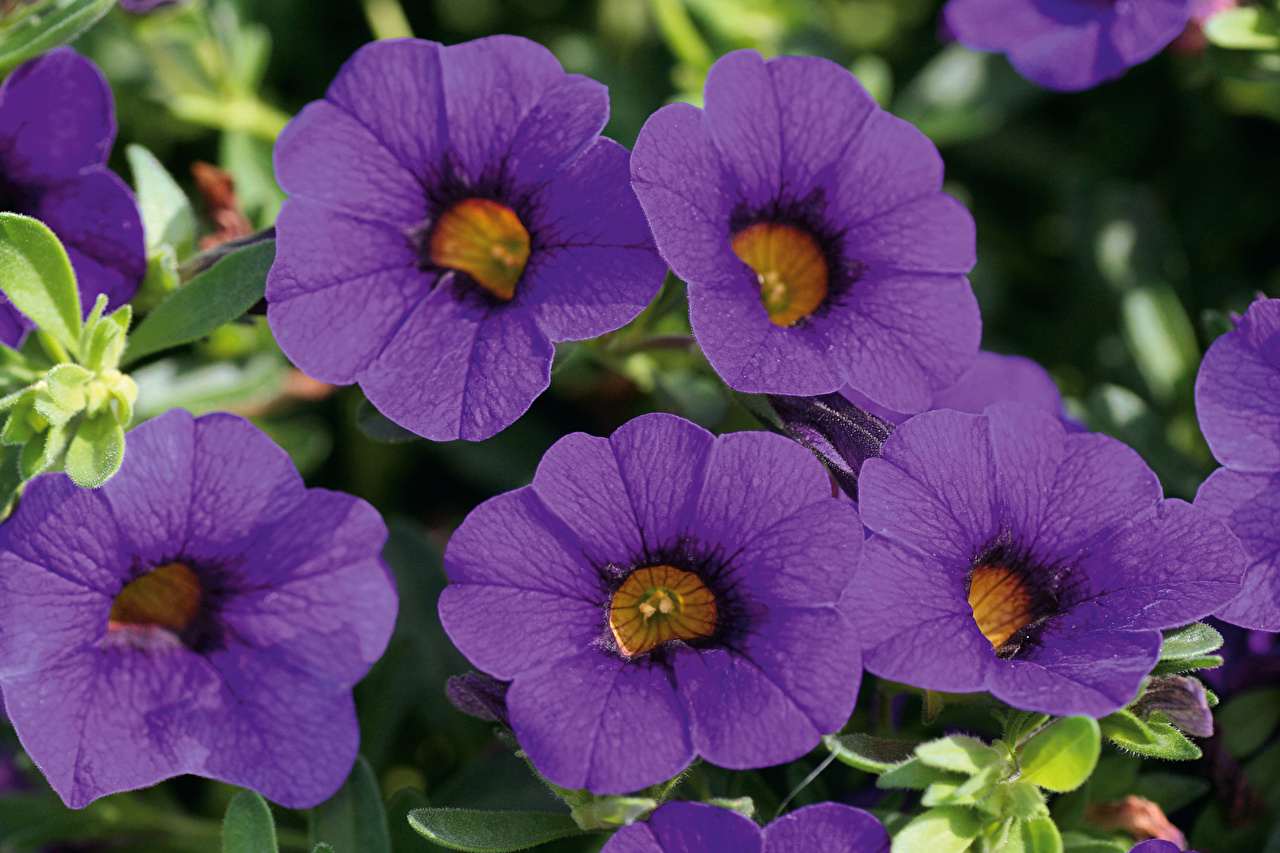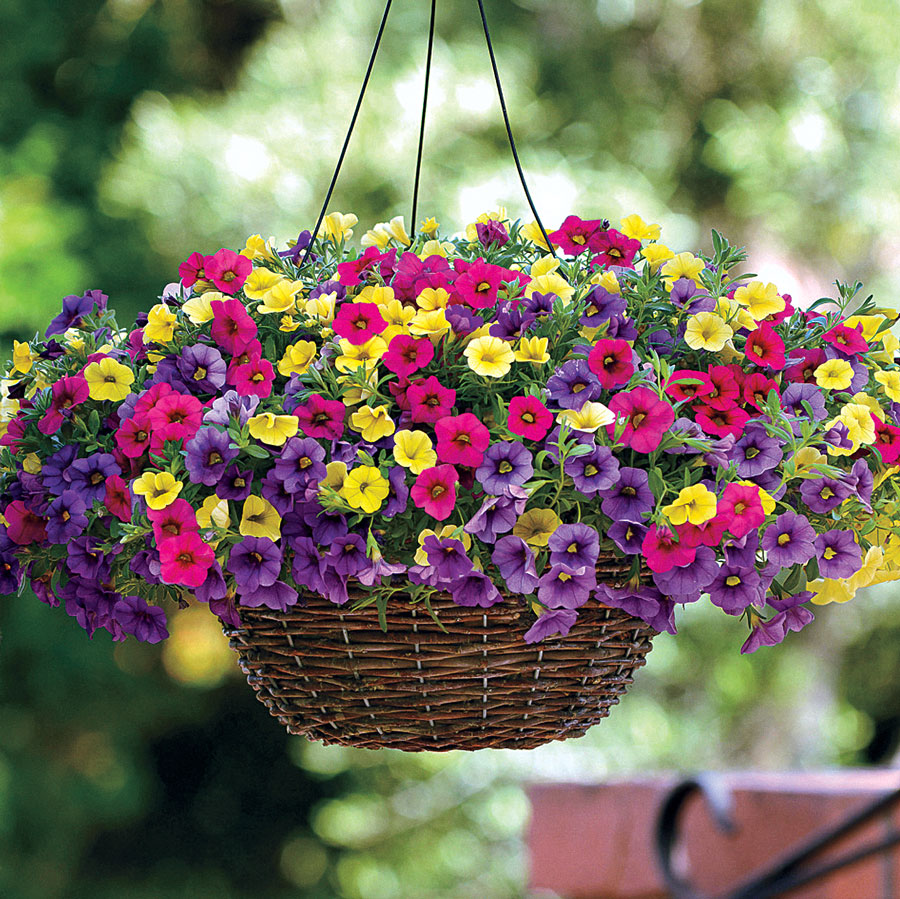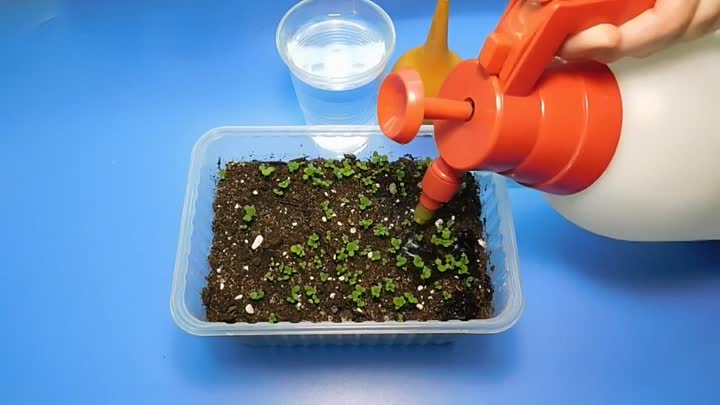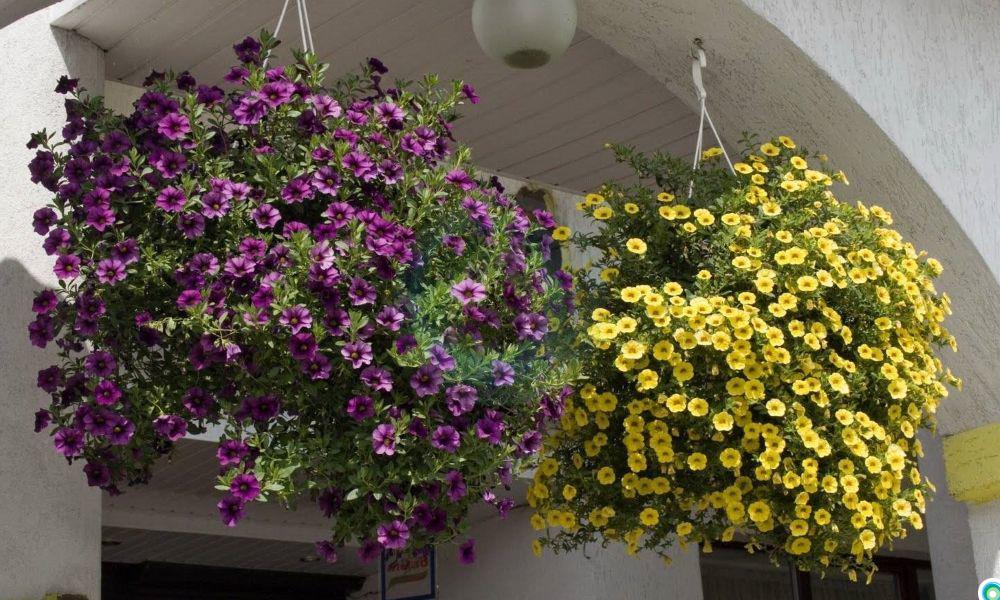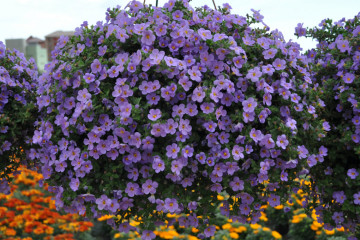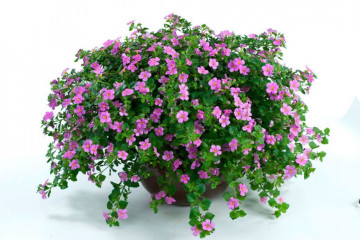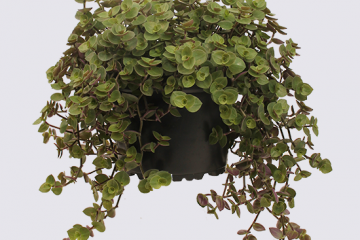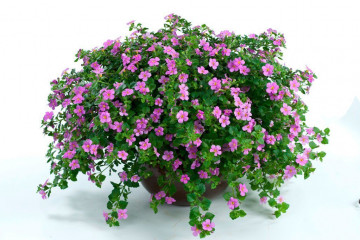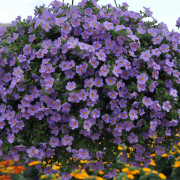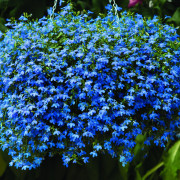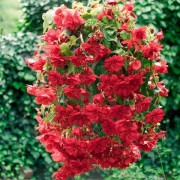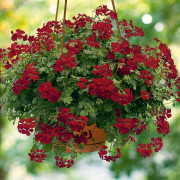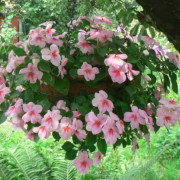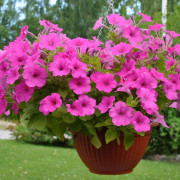Calibrachoa ampelous flower: description and care
Content:
Calibrachoa ampelnaya is a bush that belongs to the Solanaceae family. The buds have a variety of colors. Details of landing and care are below.
Calibrachoa ampelous flower
The plant can thrive both in pots and in the ground.
Calibrachoa ampelous is very fond of light, be it a lamp or the sun, it reaches for it. However, direct exposure to sunlight has a detrimental effect on the flower, especially in the heat of summer.
For proper plant care, it is required to keep the flower in the sun only in the morning, when the sun's rays are not so strong. In the complete absence of sunlight, the flower fades.
Description of the calibrachoa flower, or a million bells
The calibrachoa ampelous flower has become popular not so long ago. The bush itself is quite lush, with small bell flowers. The size of the bud is approximately 4 cm in diameter.
In the beginning, the plant had only one color - purple. Over time, other colors began to appear, approximately similar to a rainbow (yellow, pink, white, blue).
The stem length can reach more than 1 m. The spherical crown is covered with many small buds. Very soft and pleasant to the touch, somewhat like silk.
Growing calibrachoa from seeds
More recently, gardeners have begun to practice the cultivation of a calibrachoa ampelous flower from seeds. Previously, only cuttings of the mother plant were used. This is due to the natural feature of the culture.
Care of seedlings obtained from seeds
It all depends on how to plant the seedlings. If the seeds were dug into peat tablets, the dive need not be done. In the case of other landing options, picking and thinning are required.
After 3-4 weeks after germination, the seedlings dive into separate containers. This process must be carried out with caution: lift the flower along with the ground and move it to the pots.
Further, caring for the ampelous caliber implies feeding and watering. The bush is not able to tolerate too wet soil.
In addition, in order for the flower to become a lush bush, you need to constantly pinch it.
Outdoor and home care for calibrachoa
The main thing is the location. The flower can feel satisfactorily not only in a pots, but also in the ground.
The calibrachoa ampelous flower requires proper care: you need to make sure that in the morning it “bathes” in the sun, and in the daytime it is in the shade.If handled incorrectly, this can lead to dullness of the flower.
Also, bushes can be grown in pots. For good growth, 3-4 kg of soil are taken per flower. The plant requires loose soil. The flower should have constant watering, but not very often. If it is too abundant, it can be poured, and the calibrachoa will disappear.
Features of caring for calibrachoa in winter
The bush can endure the winter safely. When spring comes, the plant rehabilitates very quickly and begins to bloom.
There are various ways to store calibrachoa cuttings:
- In fridge. This method is intended for gardeners who do not have a cellar and grow flowers on a sufficient scale. After the refrigerator, when the plant returns to the planting site, it will shed shoots and begin to build up mass.
- In the basement. With the arrival of the first frosts in the fall, adult bushes are thrown away. To store it in the basement, you need special conditions and a certain temperature (at least 10 ° C). Plant storage is carried out until February.
- On the windowsill. If the first frosts have already appeared on the street, and the flower continues to bloom, in order to preserve it, you need to bring it into the house and put it on the windowsill and continue with the usual care.
Watering and humidity
Calibracho-ampelous is rather sensitive to soil moisture. Water only when the crust is dry. Hot water in the sun is recommended for proper watering. In summer, water several times a day.
Choosing a landing site
The bush can take root in the ground, at home on a loggia or on a windowsill on a balcony, the most important thing is that the windows face sunlight. At home, he will not be hindered by weather elements that can harm him.
How to prevent diseases and pests
With improper plant care, various diseases can occur:
- black leg (shoots too densely planted);
- powdery mildew (humidity in the hot season, temperature drops);
- chlorosis (high calcium content).
The black leg can be identified by the softened part of the stems.
Powdery mildew is determined by the type of white bloom.
Chlorosis is visible by the unusual color of the leaves.
Bush formation
Periodically, the bush needs to be trimmed to maintain its beautiful shape. The first pruning is carried out after flowering, further pruning is carried out in the summer, shortening the shoots.
What is the difference between calibrachoa and petunias
When considering different specimens (from the point of view of science), the first difference is in the chromosomes. Petunia has four fewer chromosomes, but this does not prevent gardeners from confusing names.
There is one more difference. Calibrachoa ampelous has dense vines and a flower does not exceed a few centimeters in diameter, the amount is compensated by its small size.
The caliber ampelous looks like a petunia from the side, but a closer examination of the stem makes it possible to see the difference in diameter.
By planting calibrachoa, the gardener will receive a lush blooming ball completely covered with bell flowers. You have to tinker with leaving, but the result is worth it!
